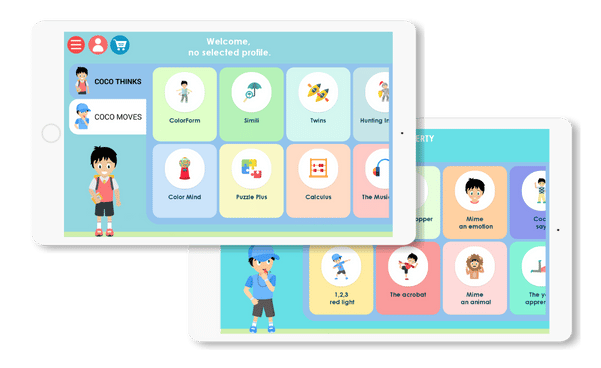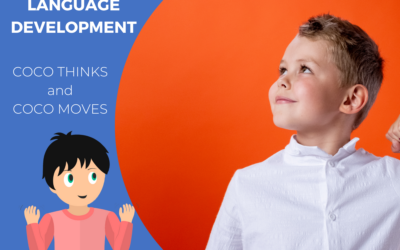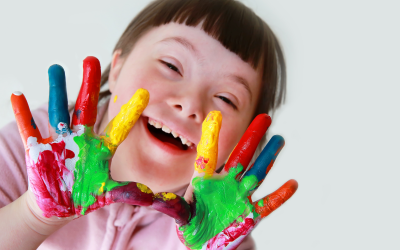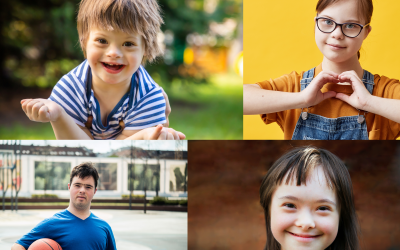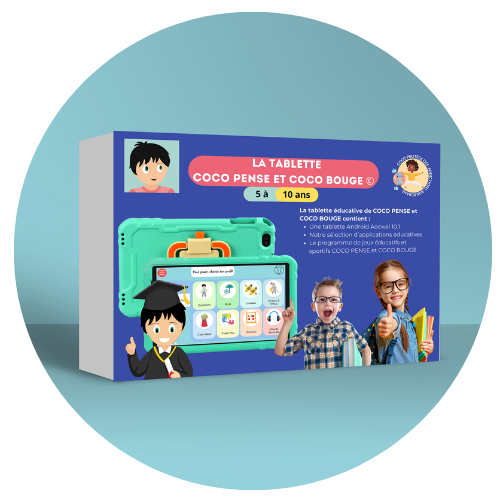A person with autism needs to benefit from certain accompaniments that will help them advance in their development and comfort in their daily life. It is therefore important to call upon qualified professionals whose work can help in the long term. Occupational therapyis an essential health care profession for any person with autism.
Indeed, we have prepared an article to help you see more clearly and get advice to find a professional adapted to your needs. So don’t wait any longer to read the rest of this article!
Introduction to occupational therapy
Occupational therapy is a health care profession that aims at helping patients develop their functions, whether they are an adult or a child. A person with autism will be able to take advantage of sessions to participate in a variety of activities on a daily basis. Occupational therapy can help with tasks related to eating, learning, social skills, manipulating tools for various activities, etc.
The sessions therefore help to work on many forms of autonomy without forgetting socialization and pleasant exercises with games to draw attention to the work to be done. An occupational therapist will adapt each session to the needs of his or her patient after a precise evaluation. This allows any autistic person, child or adult, to benefit from a follow-up that will have a highly beneficial impact.
The work of an occupational therapist
Before you embark on an occupational therapy session, it is important to understand how an occupational therapist works and what they can do for a person with autism.
A person with autism of any age can learn to develop his or her abilities at his or her own pace during sessions with an occupational therapist. This concerns, for example, motor skills, attention, reactions or even the management of emotions. The work is therefore done on every important aspect of daily life in order to offer benefits day after day in the life of an autistic person. If the patient already has abilities in certain areas, the sessions will help consolidate them and bring more self-confidence.
An occupational therapist will help each patient to work on himself or herself and apply it to everyday life. For example, the sessions may involve manual activities to help the person hold scissors properly. This will eventually help the person avoid injury and feel confident when using scissors in an unknown environment. This activity will therefore have an impact on socialization.
If the sessions are done by a child, occupational therapy will allow you, as parents, to understand your little one’s functioning and to adapt to his needs for various activities. This will help your child develop and become more independent while helping you understand his or her learning. It is important to make sure that every occupational therapy session is done with fun activities, whether it is for a child or an adult with autism. This will help to generate interest and make the patient want to invest in order to succeed.
Occupational therapy therefore provides many benefits in terms of self-knowledge, autonomy, use of equipment, and understanding of the world and the people around him.
Choosing an occupational therapist for a person with autism
For sessions with an occupational therapist to be effective, it is important to choose your professional carefully. Take the time to talk to others to get recommendations from some practitioners. It is also important to choose an occupational therapist based on your needs because these professionals receive basic training before choosing certain specializations.
You should therefore check the specializations of the professional, his or her experience and background before committing yourself to a first session. Autism is not always mastered by people working in occupational therapy, so do not hesitate to ask questions, establish your expectations with precision and see what feedback you will receive. Do not forget to ask some questions about the occupational therapist’s plans. Indeed, if you want to benefit from a long-term work with an autistic person, you have to choose a professional who will not change his or her path after a few months. So don’t hesitate to question the professionals before making your choice.
Finally, be sure to choose a location close to your home so that you can easily get to the occupational therapy sessions that will provide you with many benefits over time.
COCO THINKS and COCO MOVES ©, an educational and physical for children…
COCO THINKS and COCO MOVES © is an educational application for children available on tablet and smartphone. A program with adapted games for children with cognitive disorders which will not put the user in failure.
Indeed, the games are divided into three levels of difficulty and the easy level is really very easy. Thus, the user will progress through these levels, which is very rewarding for him/her, while improving his/her vocabulary.
The COCO THINKS and COCO MOVES © application can be used during the sessions directly by the occupational therapist with the child. But it can also be used between sessions, at home, to continue practicing independently.
All the games have an audio instruction, so they are also suitable for children with autism who do not have access to reading.
Moreover, after 15 minutes of screen use, the application stops and proposes a sports break. The child will have to do physical activities and move. This dynamic break allows them to fight against sedentary life and to teach children good use of the screen.
For children with autism, this break allows them not to concentrate only on one activity, but to take a break, to move to another activity and not to isolate themselves.
…and a useful tool for working with the occupational therapist
As mentioned before, COCO THINKS and COCO MOVES © can be used during occupational therapy sessions. Indeed, many occupational therapists use this application as support during the sessions.
An occupational therapy project for a child with autism is very varied and is meant to take care of the child on a global level. The activities must therefore be adapted to each child and to each situation.
COCO THINKS and COCO MOVES © offers more than 30 games, so it can be easily adapted and personalized according to the needs.
The first difficulties that the occupational therapist will work on are those related to daily life. In this case, the child with autism may have difficulties in concentrating and paying attention, exaggerated reactions to sensory stimuli, or organizational problems. All these skills are very useful to maintain the child’s autonomy, to have a behavior adapted to the environment, but also to reduce anxiety and sleep disorders.
Here is a summary table of games to use with the occupational therapist, according to the different stages of autism.
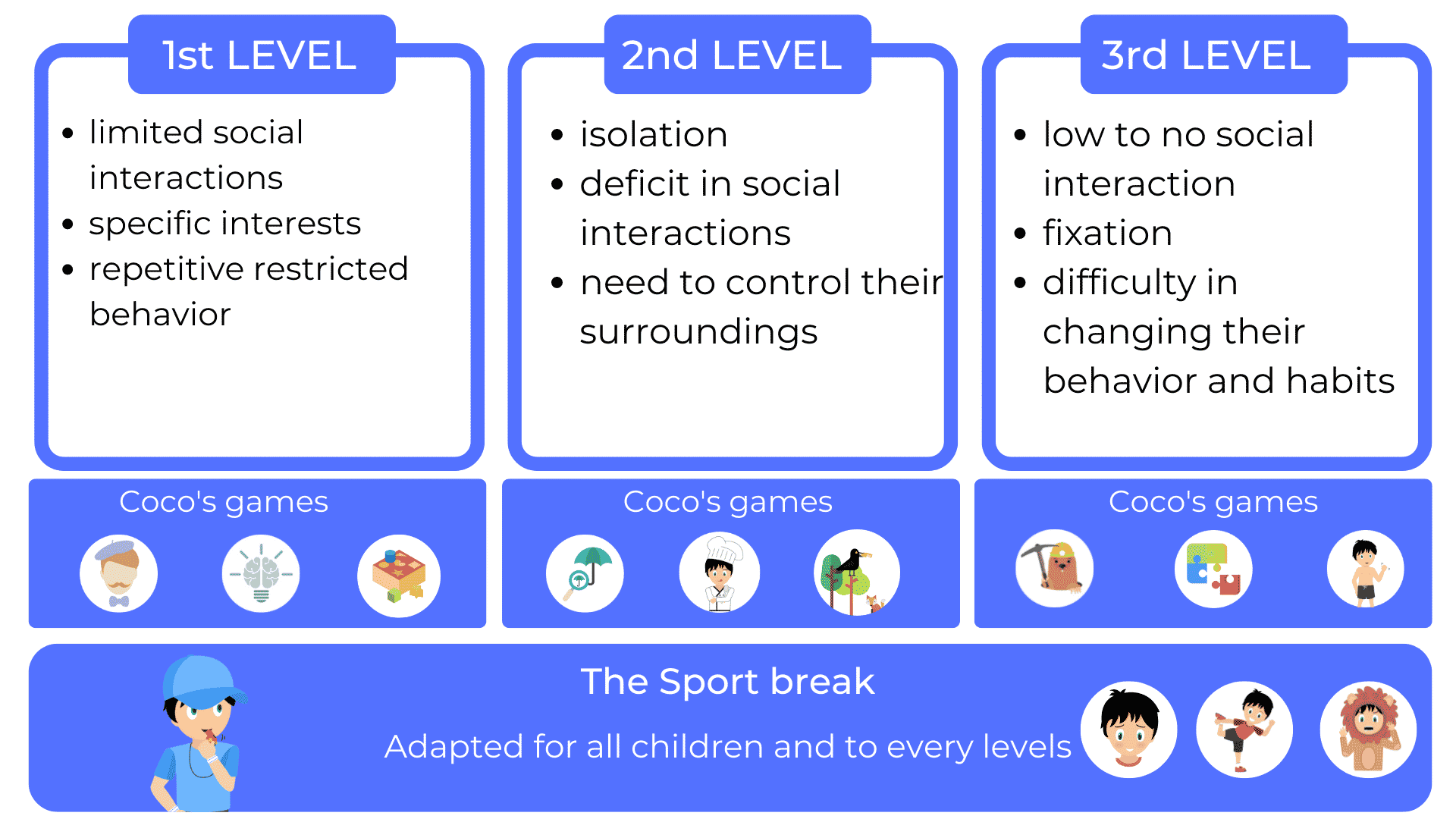
The Musical Ear
In this game, the child has to recognize different sounds.
You can stimulate auditory discrimination and sound recognition to be able to filter it better in everyday life. Children with autism are often overloaded with stimuli from the environment and for them it is difficult to sort out important stimuli from secondary ones.
You can increase or decrease the sound of the tablet depending on the child who may be hypersensitive or hyposensitive to external sounds.
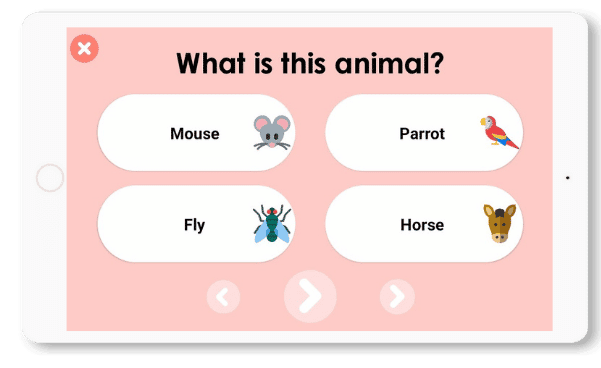
Congested Parking
In this game, the child has to move the cars on the board in order to get the yellow car out of the parking lot.
With this game, you can stimulate analysis, organization and strategy. All these skills are very important to help autistic children develop their autonomy.
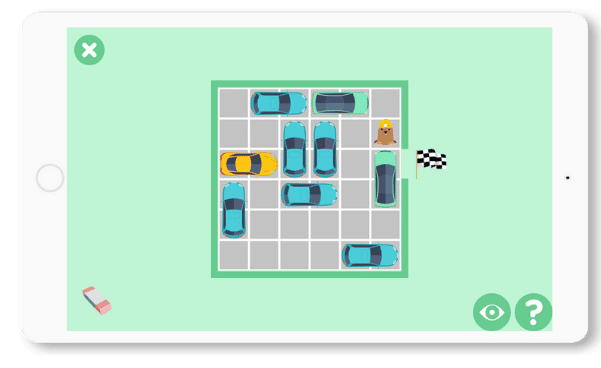
Another goal of the therapeutic project for an occupational therapist working with autistic children is often motor skills.
Children with autism often exhibit involuntary stereotyped and repetitive motor mannerisms or use of language, called stereotypies. These movements appear mainly when the child is stressed or in a difficult situation and they have a reassuring function.
In addition, in the movements of everyday life one can see an impulsiveness to act, which can put the child in danger.
The objective of the occupational therapist is therefore to allow the children to learn to know their body and to manage their movements.
The acrobat
In this game, the child has to reproduce different poses shown by COCO and try to maintain their balance.
Through this game, you can stimulate the knowledge of the body, working on the body axis, the right and the left. In addition, the child has to keep his balance, so he has to control his movement and try to reduce the stereotypies.
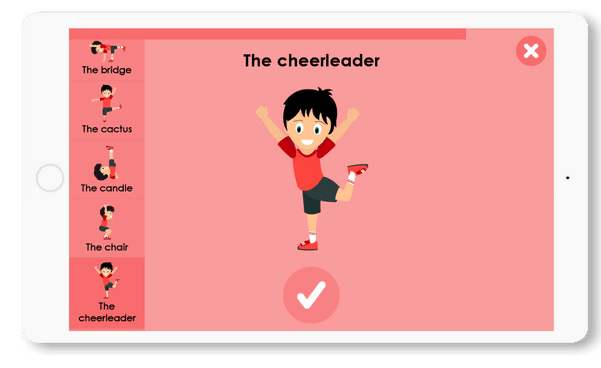
Moles Invasion
In this game, the child must click on the moles that appear on the screen. He must click once on the classic moles, twice on the moles with a helmet and he must not click on the moles with the glasses.
The child must therefore adapt his movement to the external stimuli and inhibit his action when there are moles with the glasses.

Children with autism also have difficulties with relationships and communication. They tend to isolate themselves and have difficulty understanding the emotions of others.
In terms of communication, they tend to talk only about topics that are interesting to them and they do not understand irony or the hidden meanings of words.
Mime an emotion
In this game, the child must mime the emotions shown on the screen.
Thanks to the audio and images, the child can learn to recognize the emotions on themselves and others. They will then be able to better create relationships with others.
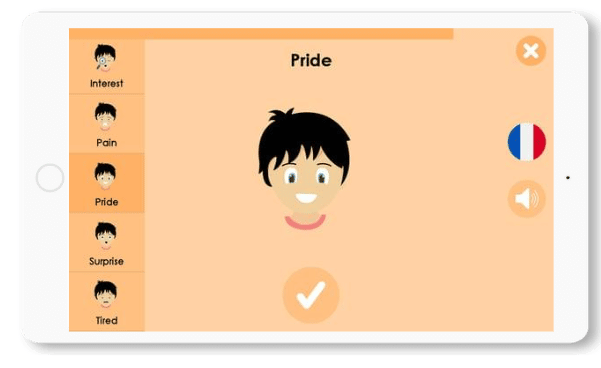
Find out more about our programs adatped for children, adults seniors with autism
COCO THINKS and COCO MOVES
A version for autistic children from 5 to 10 years old
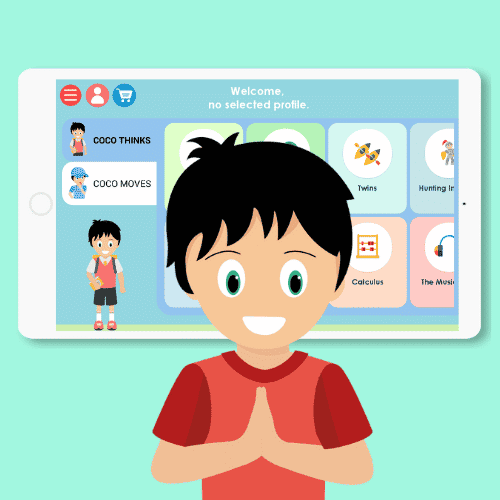
CLINT
A version for autistic adults with mild cognitive disorders
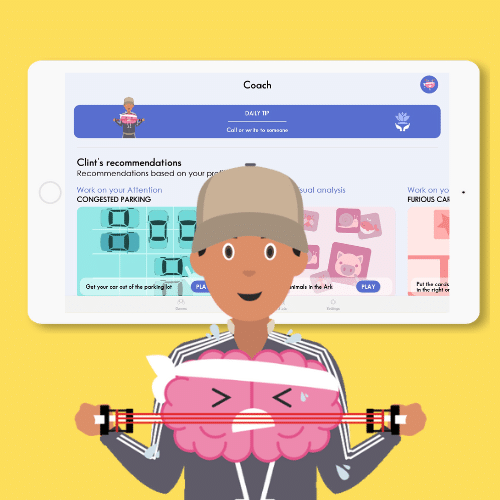
SCARLETT
A version for autistic adults and seniors with severe cognitive disorders
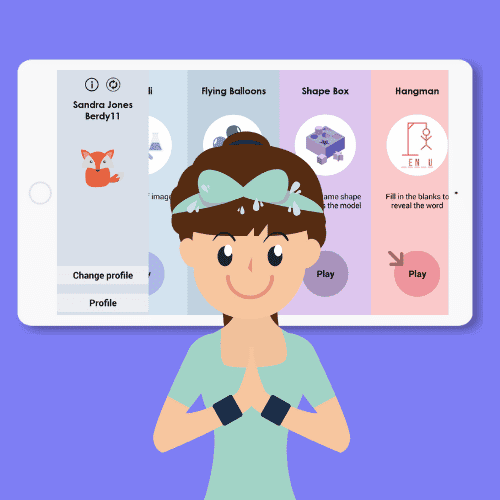
Focus on the COCO THINKS and COCO MOVES app
for autistic children

Develop their intelligence
Find more than 30 educational games to help them work on English, math, logic, memory or attention.
The physical games complete their learning.

Play together
The COCO THINKS and COCO MOVES program is used at school or at home.
The children can play together on the same tablet.
The tablet is then only a mediation, and it boosts their cerebral development.
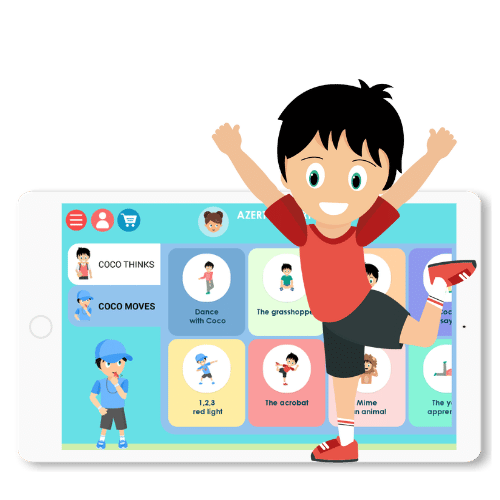
Do some exercise
Our program perfectly fulfills its educational role by imposing a sports break every 15 minutes of screen time.
This allows children to learn to use screens in moderation.
Way smarter than a parental control!
Other articles you might be interested in:
Supporting children with autism
Dynseo proposesSUPPORTING CHILDREN WITH AUTISM with COCO THINKS AND COCO MOVESDynseo and its team are very much...
Supporting DYS children with COCO THINKS and COCO MOVES
Dynseo proposesDYS disorders with COCO THINKS and COCO MOVESOur educational and pedagogical games program COCO THINKS...
Language development
Children communicate from birth with movements, crying, looking at each other or with smiles. After only a few months,...
Supporting children with Down Syndrome with Coco
Dynseo proposesDOWN SYNDROME with COCODown syndrome is a non-hereditary chromosomal abnormality that leads to the...
Supporting people after a stroke
Dynseo proposesStroke with CLINT, your brain training coachThe Dynseo team is very involved in helping people who have...
Supporting someone with Alzheimer’s
In this guide, we will detail how SCARLETT can be used for supporting someone with Alzheimer's. SCARLETT is a...
10 myths about the human brain you didn’t know
The brain is an incredible muscle, however there are many things we do not know, and what we do know is not always...
Using Digital Tools to Support Students with Special Educational Needs
Special Educational Needs (SEN) encompass a wide range of learning difficulties and disabilities that can hinder a...
Down Syndrome and Communication: Facilitating Interaction with Visual and Interactive Supports
When we think about Down syndrome, we often recognize it as a genetic condition that affects physical and cognitive...
How to Track Progress in People with Down Syndrome Using Digital Tools
Down syndrome, a genetic condition caused by the presence of an extra chromosome 21, affects approximately 1 in every...


